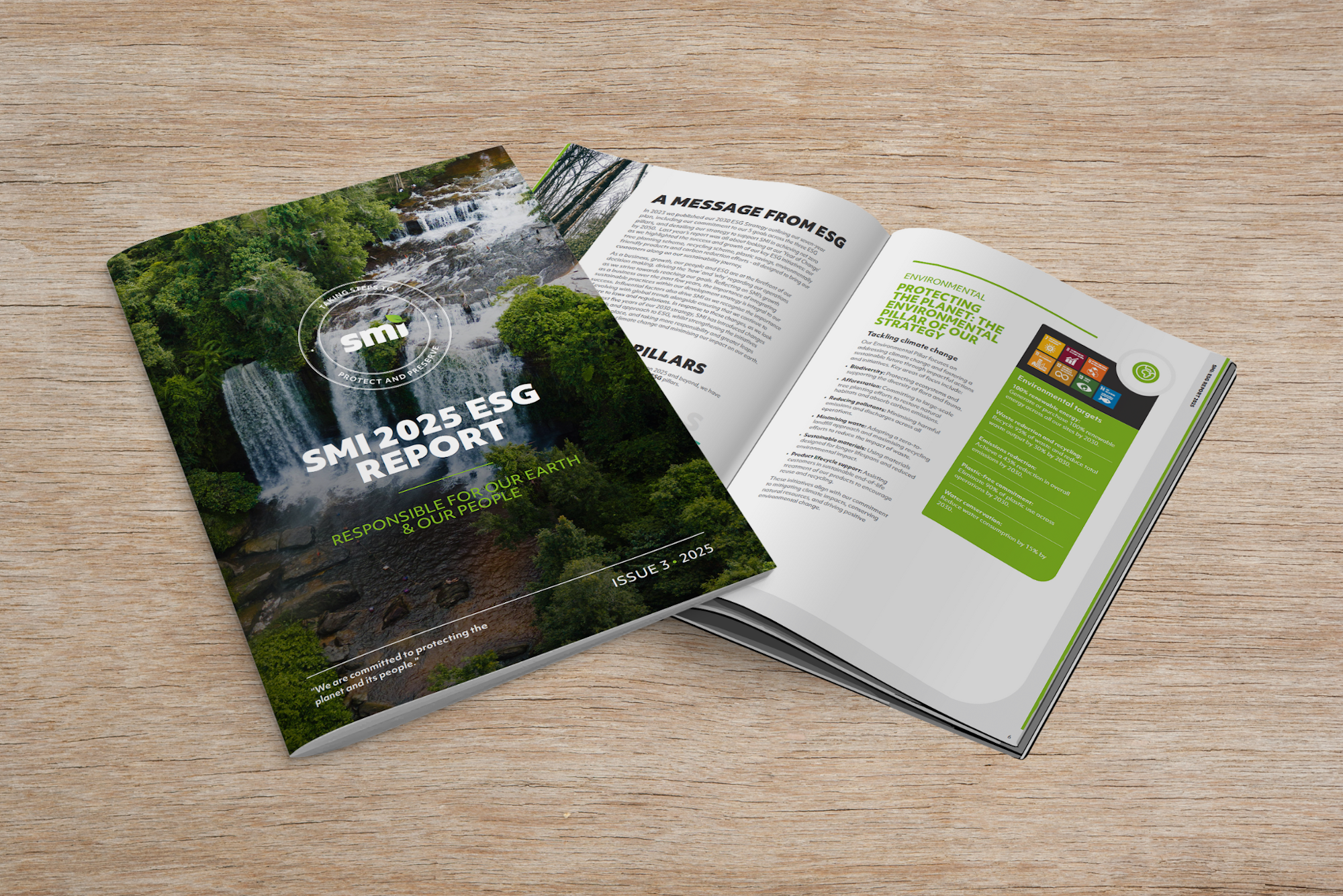
Insight
SMI's Christmas and New Year Operational Hours
Find SMI’s Christmas and New Year 2025–26 opening hours.
View head office closure dates, warehouse availability, and how to contact us during the holiday period.
5 minute read

Need PPE to keep your team dry on the job? Understanding the difference between water-resistant and waterproof workwear is essential.
They sound similar, but waterproof and water-resistant clothing offer different levels of protection.
Waterproof, showerproof, or water-resistant? Let’s look at the differences so you can protect your team with PPE best suited to their working environment.
Does water-resistant mean waterproof? No, it doesn’t.
Clothing labelled as water-resistant has a water repellent outer layer and offers some level of wet weather protection. This does not mean it’s waterproof.
Water-resistant fabrics repel moisture, causing it to bead on the surface rather than soak in.
This will keep your workforce dry in light showers, but water can still seep through zips, pockets, and seams in wetter conditions.
Want to keep your team as dry as possible? Waterproof PPE is designed to do just that.
Waterproof workwear provides the highest level of protection in wet weather and high humidity.
Even the heaviest rainfall can’t pass through waterproof materials.
Unlike water-resistant clothing, waterproof PPE also includes:
Waterproof PPE is best suited for construction workers, utility engineers, and agricultural workers.
Explore the SMI waterproof range to find jackets, trousers, and more weather-resistant PPE for your team.

PPE must be tested for both water penetration resistance and breathability to meet the European EN 343:2019 standard for wet weather protection.
Your workforce will stay comfortable during their shift with PPE designed to keep both rain and sweat off their skin.
A hydrostatic pressure test is used to rate how waterproof a garment’s fabric and seams are.
Testing involves:
To meet the EN 343:2019 standard, the breathability of waterproof fabrics is tested using a heated skin model. This test shows how well body heat and sweat can escape through the material.
Testing includes:
Need more help understanding the different waterproofing levels? We’ve got you covered.
Breathability and water penetration resistance are each rated from 1 to 4. Workwear with a class 4 rating offers the highest level of protection in both areas.
Here’s the lowdown on water penetration resistance and breathability ratings:

From testing to design features, there are many differences between waterproof and water-resistant workwear.
Let’s take a closer look so you can work out the best PPE choice for your team.
Water-resistant PPE:
Waterproof PPE:
Keep your outdoor workers comfortable in all weather conditions by providing PPE that withstands the elements.
Here’s what to think about when choosing your team’s workwear:
Water-resistant PPE is best suited for workers spending short periods outside in light rainfall. This workwear is showerproof and is often the cheaper option.
Choose waterproof clothing for your team members who spend more time in wet weather conditions.
The waterproof rating scale will help you find the right weather protection for your workforce.
Employees spending their whole working day braving the elements need class 3 waterproofs. If their work is strenuous, their PPE should also be rated 3 for maximum breathability.
Find a large range of waterproof PPE in the SMI shop.
Still unsure what’s right for your workforce? We’re here to help.
From waterproof coveralls to water-resistant footwear, providing your team with high-quality PPE is easy when you work with a single source supplier.
Get in touch with our team to find the best solution for your business.

Insight
Find SMI’s Christmas and New Year 2025–26 opening hours.
View head office closure dates, warehouse availability, and how to contact us during the holiday period.

Insight
Download SMI’s FREE risk assessment template to identify hazards and ensure workplace safety. Includes an example for office environments and guidance for various tasks.

Insight
Our 2025 ESG Report is live! Working with a sustainable supplier like us goes beyond good intentions, it’s about real benefits for your business.